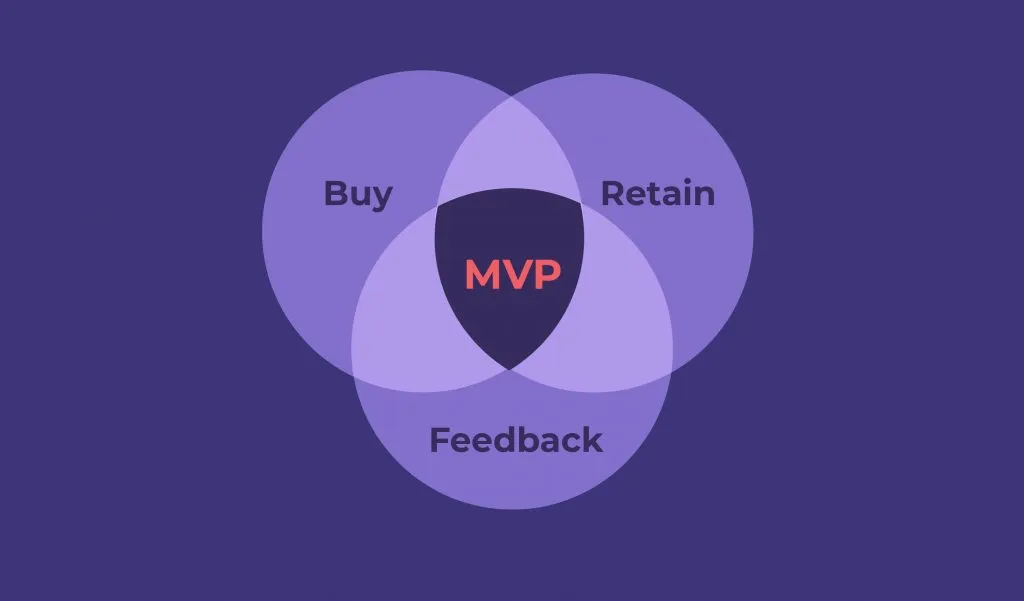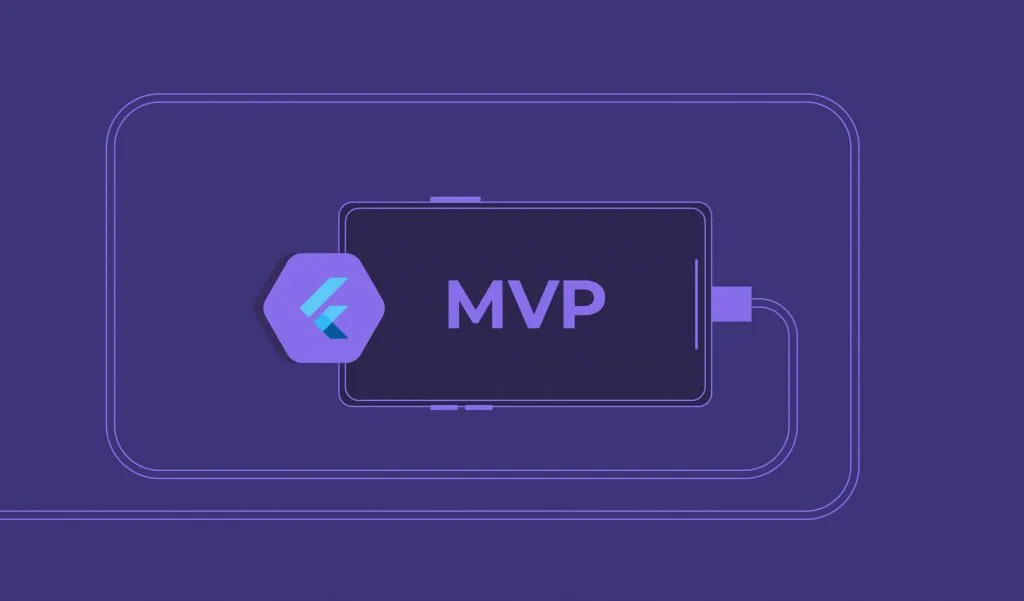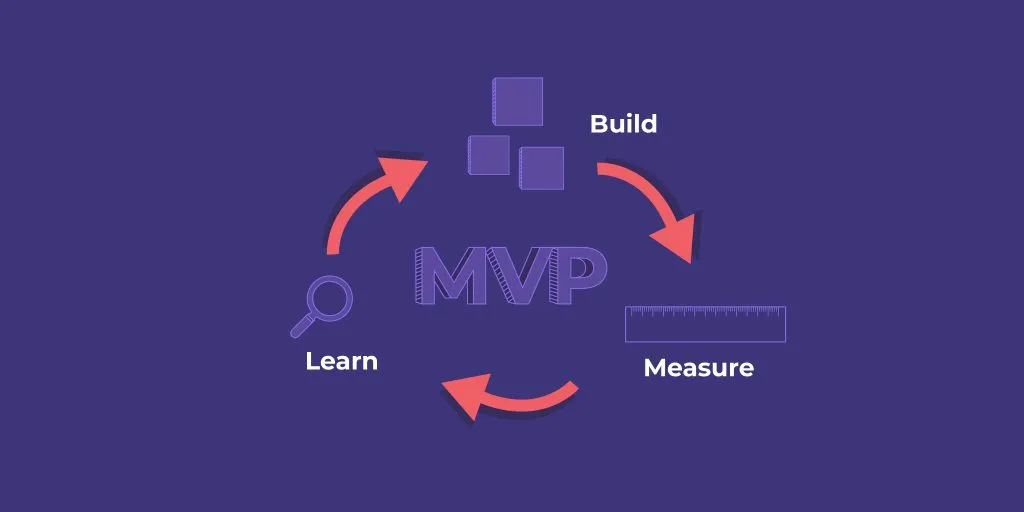Technology


6 min


Minimum Viable Product (MVP) is a development technique in which a new product or website is developed with sufficient features to satisfy early adopters. MVP helps entrepreneurs and product teams quickly gather feedback and make informed decisions on the direction of their product.

By Digvijay Singh Tomar
30 Dec, 2021
Do names like Facebook, Spotify, Airbnb, and others. Ring a bell? Surely they do. They all were MVPs (Minimum Viable Products) at some point. An MVP is the most basic form of a service or product that users can make available. Because you need to test your hypothesis in the form of a natural product (a web page, a video with no working product at all, or a mobile or desktop app) to get some user data or insights, and add or remove features.
And continue to do so until you gradually start moving on a path to a successful product like Uber, Twitter, or maybe Groupon. That's because it is no longer about the result but everything involved and connected to the idea and the execution. Thus to compete in the market, you need to focus on factors crucial to your app's success - cost, real users, UI/UX, app performance, and others. With that, you also need help from an app development company to help you build a Minimum Viable Product (MVP).
Now, if you have questions like, What are the best practices or development platforms involved in MVP development? Or What is the purpose of an MVP? Or What is the difference between an MVP, MMF, or MMP? All you need is to scroll through and explore each bite of information presented here.
There may exist many advantages of building an MVP before launching a final product, but based on our observations, here are the most important ones:

Now that we know MVP's significance let's get into learning its types as popularized in the books such as The Start Owner's Manual, the Business Model Canvas, or Eric Ries' The Lean Startup:

Initially, the main intention of launching an MVP is to experiment with your idea. It helps in knowing whether a proposed product is natural and can create value. An MVP is a way to observe your users' apparent behavior, or you can say it is a way to avoid developing something people do not want. Exploring and knowing what people are doing with your product is more reliable than directly asking what your product would do.
There are a few things that you should keep in mind while going into developing an MVP:
There is no straight answer. We can only spin our heads around and discover the MVP development process. Minimum Viable Product development or MVP development is a software development process that can bring huge benefits if done correctly and effectively.
It can overnight change the fate of a company from an unknown startup to a successful company such as Amazon or Etsy. This section will also teach the development practices for creating an impactful and viable MVP. And which software platform is the best for quickly launching your minimum viable product(s).
To ensure that the development process goes smoothly? Let's see what sequential steps or tips are there to boost your product's chances for success in today's highly competitive global market:
Hence, when the purpose and intent are clear, mold them into a product using this development process. But it is not as easy as it seems. Because the development process is not merely about making an MVP model and launching - you need to release MVPs more often with new features and improved functionalities.
The idea is that your MVP must serve as a basis for innovation and improvement until your app is ready for an official release. Hence, to make it more feasible and easy to launch a product more often, there does not seem to be a viable choice other than using cross-platform app development tools like React Native, the world-famous Flutter, and others.
With The flexibility and reliability of such platforms, app development becomes easy and simplified. As a result, the launch of an MVP becomes quite feasible and fast.
Thus, there are a few quality reasons why you should choose cross-platforms like Flutter and React Native for developing a robust MVP for your budding idea:
An MVP can take any form in the app market, such as a beta testing app, a physical product, or a landing page. Thus, to further understand the significance of the MVP development phase, consider a few examples of popular software that has hugely benefited from the approach mentioned above:
There is no doubt that developing an MVP is the best way to remain competitive and ahead of the competition, but it has its perks and pitfalls. Let's find out.
Confusing MVP with MMF (Minimum Marketable Feature) or MMP (Minimum Marketable Product): MVP focuses on learning users' behavior, whereas MMF or MMP stresses over earning. Although this confusion does not do much harm unless your development team becomes too focused on providing something without even considering what is the right thing that resolves users' needs.
Stressing more on the minimum part while excluding the viable part of an MVP .-The most common mistake many software development companies make. Not following the user and consumers' insights and feedback leads to the development and a product of insufficient quality.
There are misconceptions and confusion about these three methods to create space for your idea in the market. Let's see how they differ based on the situations and requirements and which one to choose when needed.

To wrap up, an MVP is the most basic version of your final product. With efficient marketing strategies, startups and big brands often release MVPs to collect consumer insights. MVP plays a vital role in a business because it cuts down financial risks and helps in driving revenue. More precisely, an MVP stage (if properly implemented) boosts the creativity and productivity of your team of developers.
If you want to build innovative products and foster a loyal user base. Then investing in developing an MVP is the most cost-efficient way. At Quokka Labs, we care about your time and resources. It is the reason why we recommend building an MVP first during the workshop. Contact us to discover how we can breathe life into your vision with dynamic designs, and quality developments. We'd be happy to meet you and discuss your ideas.
Top 10 Enterprise App Development Companies for Scalable Business Solutions
By Dhruv Joshi
7 min read
How to Build a Scalable Video Streaming App Like Netflix: A Step-by-Step Guide
By Dhruv Joshi
5 min read
Top 7 Features That Make Streaming Apps Succeed in USA and India
By Dhruv Joshi
5 min read
10 Ways AI Is Transforming OTT Platforms (And How You Can Leverage It)
By Dhruv Joshi
5 min read

Technology


5 min
The demand for high-quality video streaming apps has exploded, and it's not just Netflix leading the charge anymore. From niche platforms to corporate media ventures, businesses everywhere are realizing the massive opportunity in OTT app development to launch their own video streaming application.


Technology


5 min
The demand for video streaming apps has exploded in recent years, driven by faster internet, affordable smartphones, and a content-hungry audience. From binge-watching TV shows on OTT platforms to engaging with creators in real-time through streaming apps, users today want instant, seamless, and personalized experiences. But here's the thing, not every streaming app makes it big. Only a few rise to the top. So, what sets them apart?


Technology


5 min
The OTT landscape in 2025 is more crowded and more cutthroat than ever. Viewers expect smarter recommendations, seamless experiences, and hyper-personalized content the moment they hit play. Meeting these demands isn’t optional anymore, it’s survival.


Feeling lost!! Book a slot and get answers to all your industry-relevant doubts